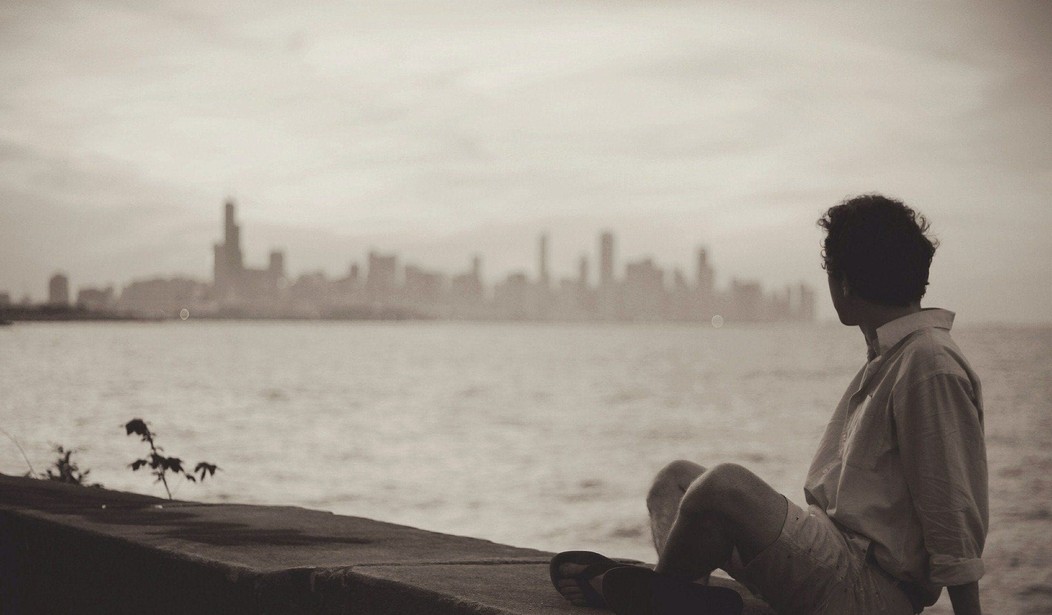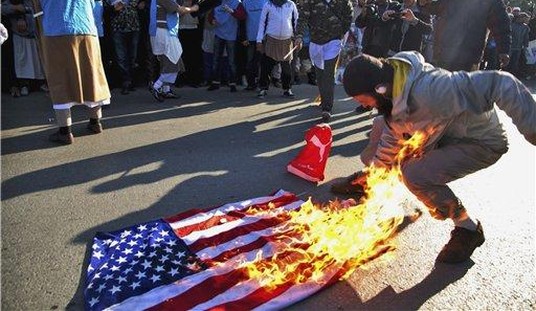When a tsunami strikes the beach and washes ashore, that beach will never look the same. No one knows quite how it will change, only that it always has.
As the water recedes, it radically alters the contours of the shoreline, making land appear where none was before and removing stretches of the shore that had existed thousands of years.
So, too, is it with a pandemic. The government has gathered unto itself powers that, in ordinary times, no one would countenance. The question we have to ask ourselves is will they relinquish that power once the crisis is past? In the name of “security,” we have abrogated certain responsibilities to the government to give them extraordinary powers to regulate our lives in ways that would have been unimaginable a few months ago. And the time to think about this and ask questions of our leaders is now, before the wave fully recedes and reveals a new shoreline we might not like as much as the old.
The government is enforcing “social distancing” by limiting gatherings of American citizens to 10 or less in most states. More than that, the notion of keeping your distance or isolating yourself from your friends and neighbors has taken hold and is being adopted by more and more people.
People are asking, will it ever get back to “normal?” Perhaps we should be asking what is “normal?”
Yesterday President Donald Trump, announcing new guidelines such as a 10-person limit on gatherings, said that “with several weeks of focused action, we can turn the corner and turn it quickly.” In China, six weeks of lockdown are beginning to ease now that new cases have fallen to a trickle.
But it won’t end there. As long as someone in the world has the virus, breakouts can and will keep recurring without stringent controls to contain them. In a report yesterday (pdf), researchers at Imperial College London proposed a way of doing this: impose more extreme social distancing measures every time admissions to intensive care units (ICUs) start to spike, and relax them each time admissions fall.
Certainly, schools will eventually get back to normal, right?
What counts as “social distancing”? The researchers define it as “All households reduce contact outside household, school or workplace by 75%.” That doesn’t mean you get to go out with your friends once a week instead of four times. It means everyone does everything they can to minimize social contact, and overall, the number of contacts falls by 75%.
Under this model, the researchers conclude, social distancing and school closures would need to be in force some two-thirds of the time—roughly two months on and one month off—until a vaccine is available, which will take at least 18 months (if it works at all). They note that the results are “qualitatively similar for the US.”
The researchers found that without social distancing of the whole population, “even the best mitigation strategy—which means isolation or quarantine of the sick, the old, and those who have been exposed, plus school closures—would still lead to a surge of critically ill people eight times bigger than the US or UK system can cope.”
So, a vaccine will fix that, right? After a vaccine is developed, we can get back to the way our lives used to be, right?
We don’t know exactly what this new future looks like, of course. But one can imagine a world in which, to get on a flight, perhaps you’ll have to be signed up to a service that tracks your movements via your phone. The airline wouldn’t be able to see where you’d gone, but it would get an alert if you’d been close to known infected people or disease hot spots. There’d be similar requirements at the entrance to large venues, government buildings, or public transport hubs. There would be temperature scanners everywhere, and your workplace might demand you wear a monitor that tracks your temperature or other vital signs. Where nightclubs ask for proof of age, in future they might ask for proof of immunity—an identity card or some kind of digital verification via your phone, showing you’ve already recovered from or been vaccinated against the latest virus strains.
The question becomes will the government allow us to resume our “normal” life? Or will they, in the name of security and our health, maintain these controls and surveillance? Our experience has been, once government assumes any power, they hang on to it with a death grip, refusing to relinquish it.
I don’t know what the answer is, except I would recommend people get their faces out of their smart phones and start paying attention. The price of freedom is eternal vigilance.










Join the conversation as a VIP Member